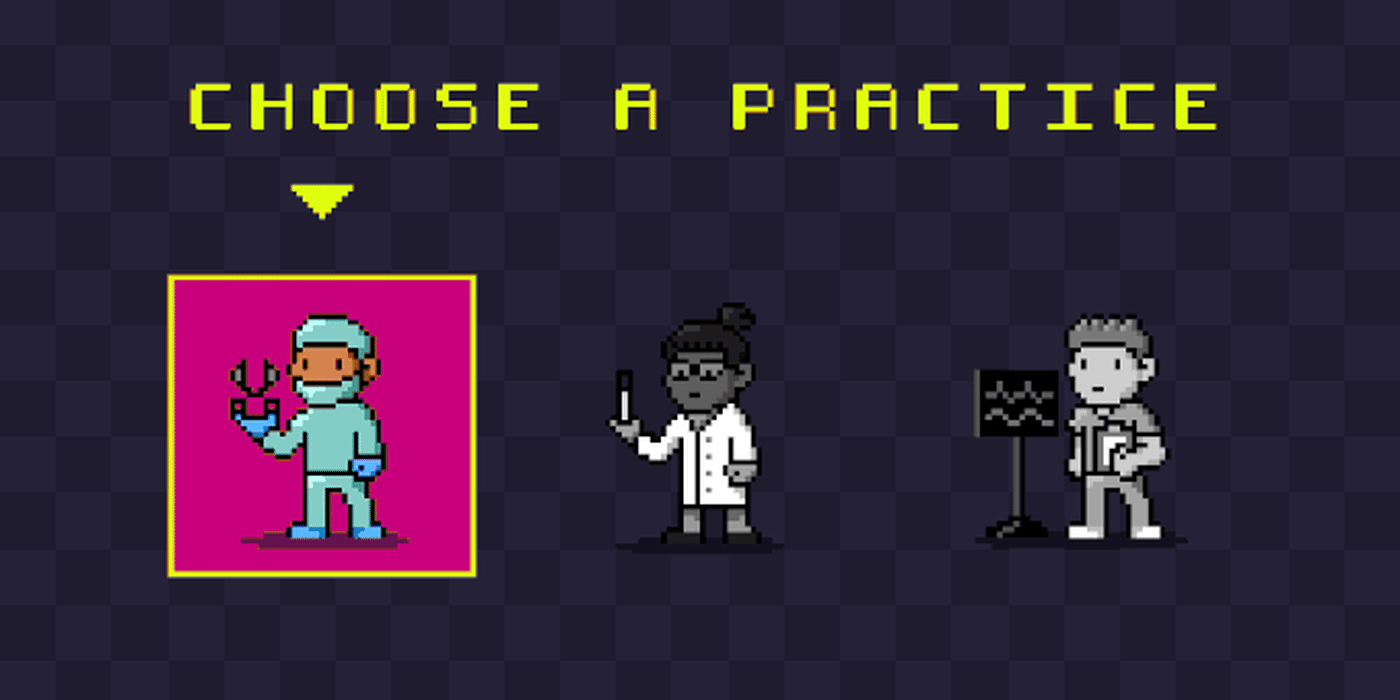Growing up, I was a pretty active video gamer — I could easily sink dozens of hours a week into my console. My parents were no fan of my hobby, doing their best to limit game hours substantially and making me go outside to play or exercise. In hindsight, this wasn’t such a bad thing. Numerous studies have examined the kinds of negative impacts that video game addiction can have on adolescent mental health, and there is an argument to be made about the importance of “dosage” since video games, like any hobby or drug, come with risks and benefits. In casual usage however, video games have been shown to offer a whole host of cognitive, emotional, and social benefits. For me, games offer a combination of immersion, interactivity, wonder, and community that provides a temporary escape from reality and has led to the development of skills like focus, patience, and dedication. In addition, games allow players to simulate difficult real-life situations in safe environments, while encouraging them to hone their situational awareness and problem-solving. These myriad benefits make video games an ideal tool for the medical community — both as treatment and as training mechanism. Below, I explore the current landscape of video games in medicine.
While lectures and online trainings have become the traditional method of learning, few modalities offer the same level of real-time problem solving and immersion that video games can. One meta-analysis demonstrated that first-person shooters aided in developing players’ spatial awareness and attention allocation at a rate comparable to or even faster than university-level formal lectures aimed at improving the same skills, and even led to better long-term retention. The meta-analysis also found that these skills could transfer to other spatial tasks outside of gaming.
This transfer of skills can be observed in the medical community, especially when it comes to surgery. One review found that a prior history of gaming was associated with improved metrics in surgery and laparoscopy, and suggested that video games could serve as adjunctive training for surgical skills. Excitingly enough, this idea has also shown some utility in training future and current clinicians. So-called “serious games,” used for the purpose of training/education, have been shown to offer some benefit in increasing user knowledge and skill acquisition, as well as user satisfaction, in comparison to traditional education.
Similar tools such as augmented and virtual reality have also played minor roles in training residents in heavily procedural fields like interventional radiology. Such fields require high levels of spatial and cognitive proprioception, skills that are often acquired through traditional lecture methods before being put to the test on live patients. Having access to virtual and augmented reality training would allow for faster skill acquisition with decreased risk toward patients as physicians work at honing their skills. As such, increasing recognition is being given to these educational modalities as training adjuncts for residents in surgical and procedural fields.
Aside from training the medical community, video games have also begun to find their place in the treatment of patients. The range of conditions that video games have been used to treat continues to grow, especially in the realm of neurological and psychological conditions. In treating balance and mobility issues in patients with Parkinson’s disease and cerebral palsy, video games excel at keeping patients enthusiastic and engaged, while also providing visual and auditory feedback regarding patient performance, qualities that few other therapeutic methods share. Similar modalities like virtual reality can offer feelings of immersion and presence that can significantly alter a patient’s perception of pain, treating parts of the intricate nature of pain in ways that traditional opioids and analgesics might not.
Video games are a rapidly growing industry that has become part of the mainstream. Currently the industry is worth triple ($90.1 billion) what it was just 10 years prior — and will likely continue to grow. With this growth will come more and more exciting ways to put this wonderful technology to use in the medical field.
With that said, there are still many limitations that need to be addressed. For one, games and virtual reality are incredibly expensive. Costs associated with creating a serious game for education can vary widely depending on the level of complexity and innovation. The cost of setting up a state of the art virtual or augmented reality training center is relatively expensive compared to other teaching methods, and is thus a huge barrier for teaching hospitals. Currently, there is also limited educational content available in the video game space, which could further impede widespread utilization. At the same time, many health professionals may have hesitancy around using video games in lieu of traditional therapeutic options, given their original purpose as an entertainment platform. As this is a rather new practice, more research and testing will be needed prior to widespread acceptance by the medical community.
In the meantime, as a passionate gaming enthusiast, I am excited to see where this platform will take us.
Do you have a favorite video game? Discuss how it's helped you grow as a clinician in the comments.
Star Chen is a third-year medical student at Lewis Katz School of Medicine at Temple University, Philadelphia.
Animation by Diana Connolly







